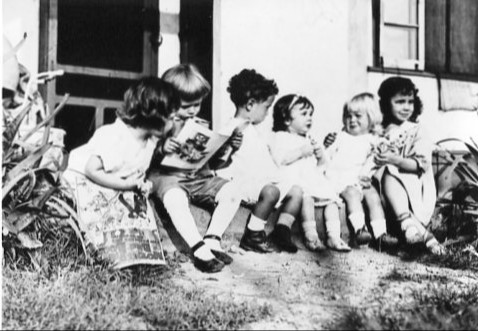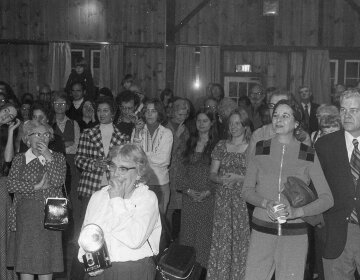Arguably, the Arts and Craft design features’ greatest strength in Arden was the power to promote and cultivate close communal relationships. While the community was, indeed, joined by their devotion to Single Tax, it was the architecture that continued to promote social bonds in residents’ everyday lives. This was no small ideal; Arts and Crafts practitioners saw this simplified social and architectural world as a balm to the political, economic, and social ails that plagued American society at the turn of the twentieth century.
According to Eliza Harvey Edwards, “the architecture of Arden was an essential tool in the social engineering of the community, aiding Price and Stephens in their efforts to achieve an interactive, democratic model community.” Part of that democratic model included a vision for a more equitable class system. As noted earlier, Robert Edwards has written that “the arts and crafts movement attempted to eliminate the lacuna between the lifestyle of the rich and the lifestyle of the poor by elevating esteem for ‘a life of simplicity,’” while Ardencroft was founded with the vision of creating a more inclusive community for immigrants and people of color. George E. Thomas finds in Price’s designs, in particular, an embrace of “a broader public,” especially in terms of adapting housing to clients’ needs. In stark contrast to modernism, which “reflected the goals of the architect,” Price’s designs were “pragmatic and accommodating to individual clients.”
Another important component of Arden’s architectural “social engineering” is design that promoted communal socializing and sharing of resources. Its small single-room houses were clustered together, promoting relationships between neighbors and the use of the home as another public socializing space. In the early decades, Arden’s small homes were unable to provide for all of a family’s needs individually. Rather, they served as only one component of a larger architectural and social system, in which residents congregated for family-style meals and utilized public bathing facilities. Harvey Edwards writes that in tandem with these architectural decisions, Ardenites chose to eschew rigid Victorian etiquette, manners, and intensive home upkeep, opting instead to invest their time in “artistic, dramatic or literary pursuits.” In the words of Thomas, the Arden community “anticipated…the search for means to express individuality to establish self-worth in a supportive and creative community.” The architectural decisions Will Price and others made in Arden, then, were essential to Price’s determination “to make us worth while, to make us fit to love and be loved, fit to live together.”


